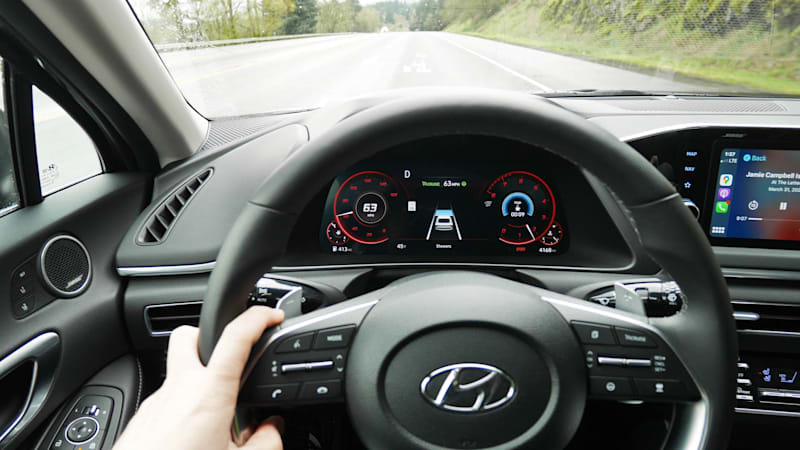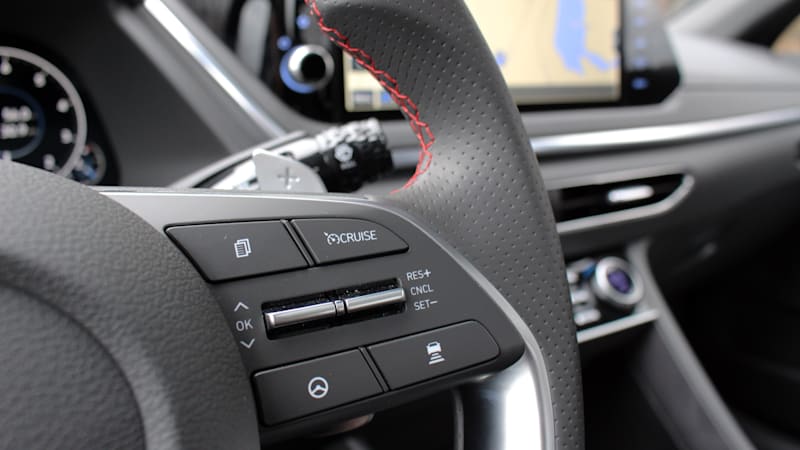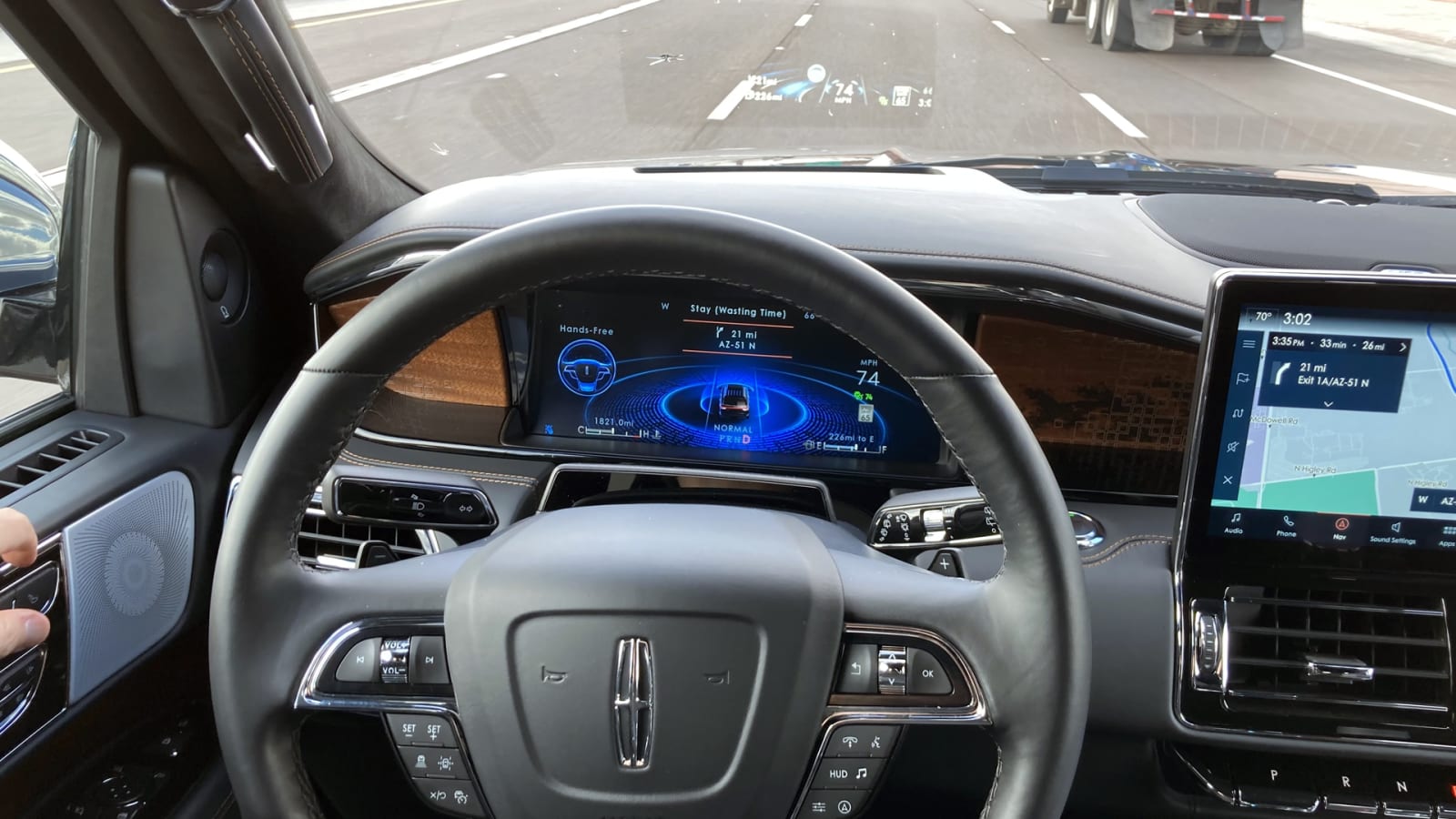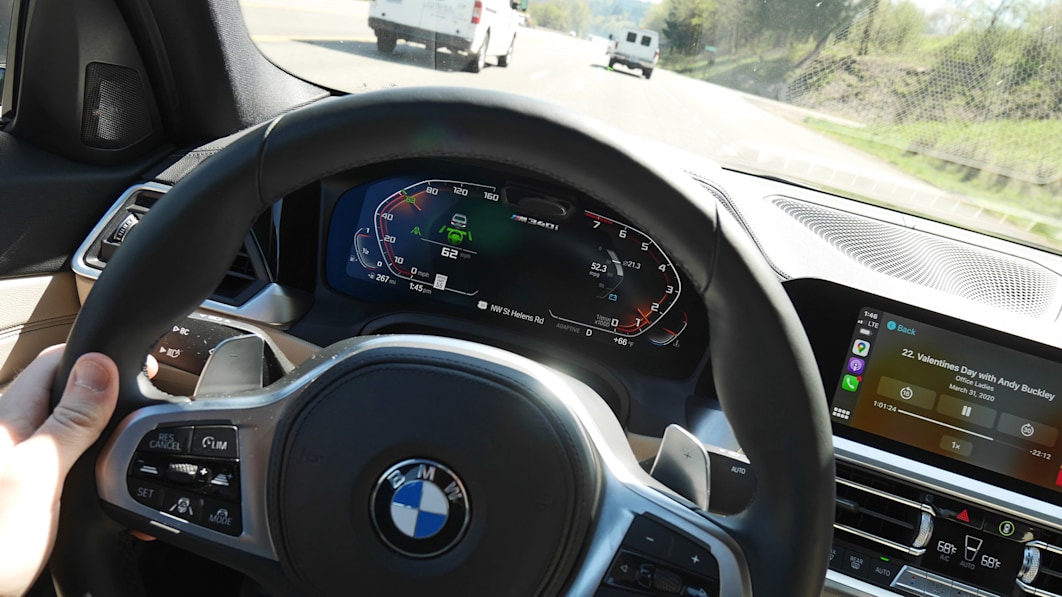Today’s cars don’t look all that different from the cars of 10, 20, or even 30 years ago, but once you get past the powertrain, seat configuration, or body shape, you’ll find that today’s cars share just as much are more common with a small business computer network than with the cars that preceded it. Technology in cars has advanced significantly over the past decade, opening up the car’s capabilities to things that were previously only part of the driver’s skills – things like staying in the intended lane, braking in an emergency, or track at a safe and consistent distance. The latter capability — commonly known as Adaptive Cruise Control — is one of the most common and most useful. But what is Adaptive Cruise Control (ACC)?
A basic definition of adaptive cruise control
As the name suggests, ACC is similar to normal cruise control, except it can adjust. Adapt to what? ACC systems typically use a combination of sensors to measure the distance and speed of the vehicle directly in front of the car, using that data to adjust the accelerator pedal and/or brake to maintain the desired following distance and speed. When there is no vehicle ahead, the ACC functions as a standard cruise control system, accelerating to and maintaining the set speed.
Capabilities of adaptive cruise control systems
ACC systems fall into a spectrum of functionalities, as the extensive automation of the car has led to ACC systems that do much more than just follow a vehicle in front at a fixed distance.
Some of the current systems can control the vehicle’s following distance and speed from stop to highway speed and back again, with minimal or no driver input, such as Mercedes-Benz’s Distronic Plus or Ford’s ACC with Stop & Go. Some systems, such as the standard version of Distronic or Honda’s ACC, brake all the way to a stop, but then deactivate themselves. Other systems skip the low-speed functionality in favor of a more traditional high-speed adaptive cruise control system intended for highway use.
Essentially, none of the ACC systems currently on the market are stand-alone systems. Instead, they’re integrated into a range of safety technologies and systems, often working in tandem with features like Lane Keeping Assist to give the driver more assistance by doing most of the steering for you (but you’ll need to keep one hand on the wheel). Ford’s Intelligent ACC, for example, shuts down its ACC with Stop & Go and speed limit recognition for a kind of low-level autonomous driver assistance system that is able to follow a certain distance, stay in a lane and restart from a stop at the push of a button.
Although adaptive cruise control is generally considered a premium feature and is often offered as an option, more and more car manufacturers are including it as standard equipment along with those other driver assistance technologies. For example, Toyota, Honda and Mazda offer it as standard on all trim levels on almost all of their cars.


Different names for Adaptive Cruise Control Systems
Adaptive cruise control is a general term. While most brands use it, some have their own names for the same type of system. Here’s a list of some alternative names you might come across, but rest assured, they’re just adaptive cruise control.
- Acura: AcuraWatch (a range of systems with adaptive cruise control) BMW: Active Cruise Control with Stop & Go Honda: Honda Sensing (a range of systems with adaptive cruise control) Hyundai, Kia and Genesis: Highway Driving Assist Infiniti: Intelligent Cruise Control Lincoln: Adaptive Cruise Control with Stop & Go Mazda: Radar Cruise Control with Stop & Go Mercedes-Benz: Distronic Plus Nissan: ProPilot Assist and Intelligent Cruise Control (two systems with different capabilities) Subaru: EyeSight (a range of systems including adaptive cruise control) Tesla: Traffic-Aware cruise control with Stop & Go Toyota and Lexus: Dynamic Radar Cruise Control
How is Adaptive Cruise Control different from Autopilot, Super Cruise or BlueCruise?
All adaptive systems control the accelerator and brake, but some go beyond that. Some can do most of the steering for you on the highway (we call this lane-centering steering assist), but require you to keep your hand firmly on the steering wheel. Some can even go further than that by automatically changing lanes as soon as the driver gives the signal and the car determines it is safe to drive on.
Tesla’s Autopilot, GM’s Super Cruise and Ford’s BlueCruise take it one crucial step further by letting you drive without a hand on the wheel. In fact, they are hands-free driving. However, there are crucial differences. The GM and Ford systems are geofenced to only work on certain sections of the highway, while Tesla’s system works more freely (for better or for worse). Tesla also doesn’t pay attention to the driver’s attention the way Super Cruise and BlueCruise do. The Lincoln version of BlueCruise, called ActiveGlide, is pictured below in action.
None of these systems come close to what you would think of as autonomous driving.

A (very) brief history of adaptive cruise control
Adaptive cruise control was developed in the 1990s, largely by Japanese automakers, including Mitsubishi, Nissan, and Toyota, although Mercedes-Benz, Jaguar, BMW, Audi, Lancia, Renault, Volkswagen, Subaru, and Cadillac were also early players in the ACC game. through the 1990s and early 2000s.
The first ACC system to reach the US market was the 2001 Lexus LS 430. The “Dynamic Laser Cruise Control System” used a laser-based sensor to estimate traffic distance.
Types of sensors for adaptive cruise control
Since the earliest days of adaptive cruise control, there has been a wide range of thoughts about which sensors are best for detecting traffic and the speeds of nearby vehicles. The earliest systems used either laser or radar, and while both types of sensors are still in use today, today’s greater computing power and higher-resolution digital camera sensors have enabled camera-based ACC.
Laser-based systems, while sounding super high-tech, are prone to a number of issues with false readings, especially in bad weather or when the path of the (invisible) laser beam is interrupted by other debris or foreign objects, including road grime and grime on the target vehicle.
Radar-based systems work in essentially the same way as laser-based systems, but with the advantage that radar can penetrate through inclement weather and other obstacles more easily.
Camera-based systems use a completely different operational method, using computers to recognize objects and features by their visual representations, rather than using the flight time of a beam of focused energy such as laser or radar. This can make the systems more robust against problems such as inclement weather, but can also lead to new problems, such as distinguishing between real objects and images of objects, or their shadows. Subaru Eyesight’s security suite, including ACC, is a dual-camera system.
Today, most ACC systems use a combination of laser, radar, or camera sensors to overcome the shortcomings of each individually.
